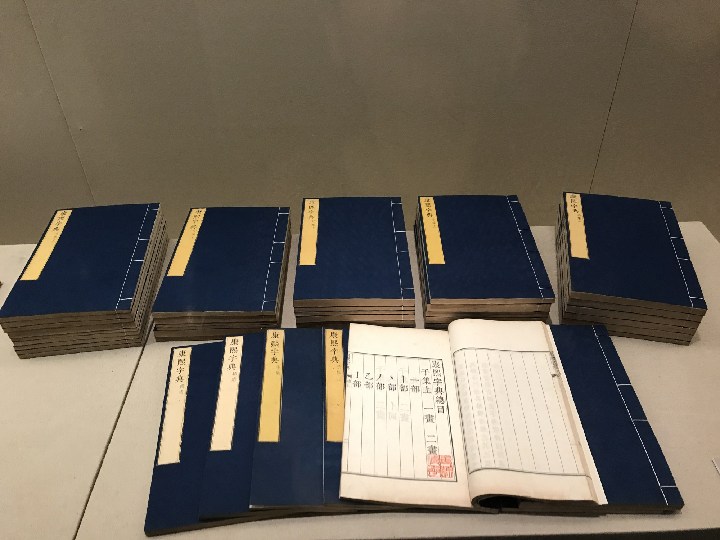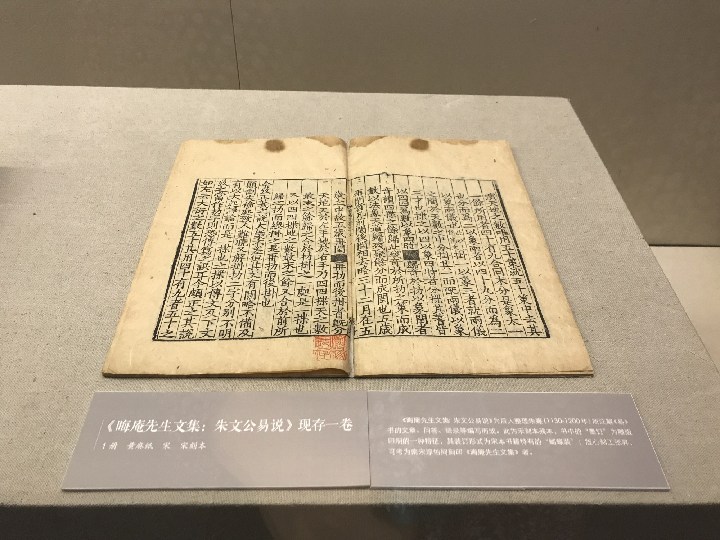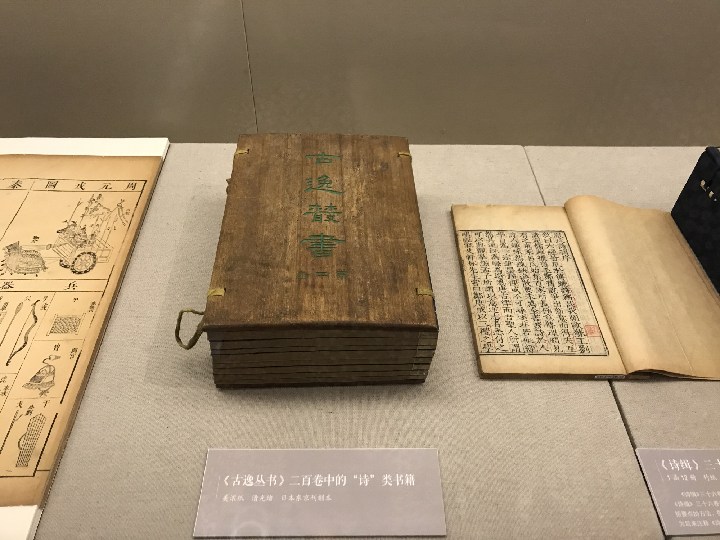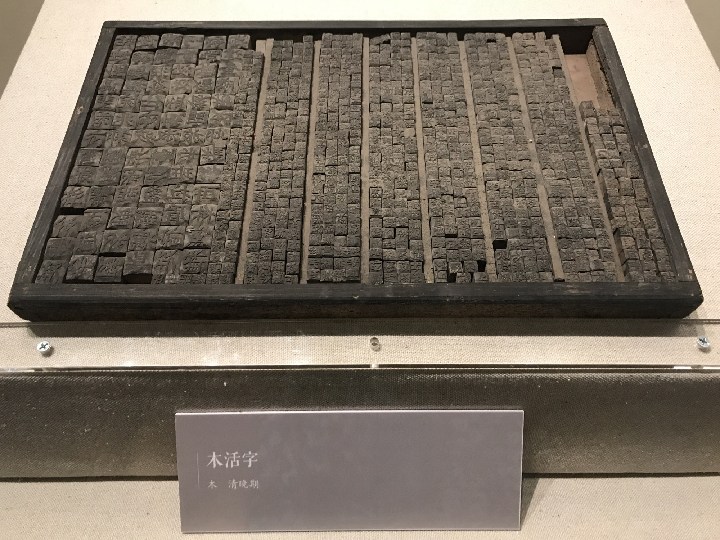Time
Until June 10, closed Mondays
Tickets
Finely printed ancient books| Until June 10
Venue
Metro
Line 2 or 4, Civic Center Station (市民中心站), Exit B
Please Note
Hours: 10 a.m.-6 p.m.
Until June 10, closed Mondays
Finely printed ancient books| Until June 10
Line 2 or 4, Civic Center Station (市民中心站), Exit B
Hours: 10 a.m.-6 p.m.

Books on exhibited. Photos by Cao Zhen
Finely printed and revised ancient books dating back to the Song Dynasty (960-1279) are on display at the Shenzhen Museum. The books were selected from 1,500 cases of ancient books donated by a private collector to the museum two years ago, according to Cai Huiyao, deputy director of the museum. The private collector, who refuses to be named, hopes the books are kept well-preserved and safe at the museum.
“After two years’ tiding-up, we now present some books from the ‘classics’ category and will exhibit other categories in the next three years. The exhibition is our response to Chinese President Xi Jinping’s call for the retrieval of historical documents and restoration of relics to ‘let the relics speak and teach people the wisdom of the past,’” said Cai.
Ancient Chinese texts are classified into four categories: jing (classics 经), shi (history 史), zi (philosophy 子) and ji (literature 集). The classics category’s prestige is so great that for thousands of years, it was regarded as norm-setting for Chinese society, law, government, education, literature and religion due to its association with the ancient sage Confucius.
At the exhibition, visitors will not only admire “The Collection of Mr. Hui’an,” a Song Dynasty book on Confucianism, but also have a glimpse into Korean and Japanese books on Confucianism. Mr. Hui’an was an alias of Chinese philosopher Zhu Xi (1130-1200), a Confucian scholar. He has been called the second-most influential thinker in Chinese history, after Confucius himself. The Korea-originated editions were printed in the 15th century while the Japanese-originated editions were made in the 19th century. These foreign-printed books, although still in Chinese language, exemplify the two Asian countries’ admiration for Confucianism.

The Collection of Mr. Hui'an.

A Japan-printed book.
Visitors can also have a glance at a wood engraving printing board and a movable type printing board made in the Qing Dynasty (1644-1911), as well as the butterfly binding method. Butterfly binding is the earliest known form of paper bookbinding in China, invented during the Song Dynasty. Single-printed folio pages were pasted together and folded into a stack, creating a book in which pairs of printed pages alternated with blank ones.

A movable type printing board.
中华文明源远流长,博大精深。中国历代古籍记载和证实了中华文明绵延不绝的历史,传承着中华优秀文化所蕴含的人文精神和道德规范。随着世代更迭、岁月沧桑,古籍历经浩劫磨难,留存至今的古籍善本价值益发凸显,各收藏单位视若珍宝。
习近平总书记强调,“要系统梳理传统文化资源,让收藏在禁宫里的文物、陈列在广阔大地上的遗产、书写在古籍里的文字都活起来”。深圳博物馆积极响应“让文物都活起来”,让馆藏经部古籍有更多的展出机会,更多地与市民观众见面,推出“传承之道——深圳博物馆藏经部古籍善本展”。此次展览分“古籍与经”“经部十类”“圣人言行”等3个单元,遴选馆藏精品古籍54件/套,时代纵跨宋至民国近千年之久。通过向观众展示古籍善本,近距离接触这批蕴含大量文明信息的文物,感受祖先所创造的文明成就,传承中华优秀文化。
Dates: Until June 10, closed Mondays
Hours: 10 a.m.-6 p.m.
Venue: Shenzhen Museum, Block A, Civic Center, Futian District (福田区市民中心A区深圳博物馆)
Metro: Line 2 or 4, Civic Center Station (市民中心站), Exit B